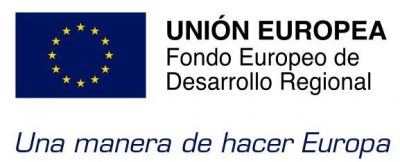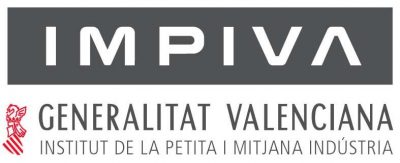“There is a certain uncertainty when a design passes to the manufacturing phase because no one can ensure that the chosen features of the design (such as material and shape) are appropriate for the final product. More frequently than desired, parts of the toy break because the weakest parts and the environmental conditions that affect each part in its use by the child have not been studied. This situation creates a bad image of the company because the toy does not meet the child’s expectations as its end user. To counter this, companies apply general oversizing of parts that leads to excessive use of materials, which creates additional problems in the manufacturing process and ultimately, loss of money from not having optimised the product design. Given that the most important toys are those called activity toys for indoor and or outdoor domestic use, this project addressed the issue by proposing the use of advanced computer-aided engineering (CAE) simulation tools that enable optimising designs and adapting the design to expectations through use of tools that enable verification of ergonomics, avoiding excessive thickness, proposing improvements in manufacture, optimising design for each type of material to be used, improving the quality of the products, suitability and durability, and enabling improvement of the final product from the design stage. All this is applied on the 3D simulation before passing to the production phase.”
Start date: Jan-08

